Description
Pumice: The Volcanic Rock That Floats on Water
Pumice. The name might not ring a bell for everyone, but this curiously light and porous rock is a fascinating product of volcanic might and has played a surprisingly important role in human history and industry. More than just a rough stone, pumice boasts a unique set of properties that have made it invaluable for everything from ancient skincare rituals to modern-day construction.
Born from Fire: The Volcanic Origins of Pumice
Pumice is a type of volcanic rock, specifically an extrusive igneous rock. That means it’s formed from magma that erupts onto the Earth’s surface and cools rapidly. What sets pumice apart is its characteristic light color and incredible porosity. This is directly related to its formation process.
As highly pressurized, gas-rich magma erupts violently, the sudden drop in pressure causes the dissolved gases (primarily water vapor, carbon dioxide, and sulfur dioxide) to rapidly expand and form countless bubbles. The molten rock then cools and solidifies so quickly that these bubbles become trapped within the solidifying matrix, creating a frothy, sponge-like texture.
This process gives pumice its defining characteristics:
- High Porosity: Pumice can be up to 85% void space, making it extremely light and porous.
- Lightweight: Due to its high porosity, pumice is significantly lighter than other rocks, even capable of floating on water. This unique characteristic is what often draws initial attention to the stone.
- Abrasiveness: The sharp edges of the solidified bubbles make pumice naturally abrasive.
- Chemical Inertness: Pumice is relatively inert, meaning it doesn’t easily react with other substances.
A History Etched in Stone: Pumice Through the Ages
Humans have been utilizing pumice for millennia. Archaeological evidence suggests that ancient civilizations, including the Romans and Egyptians, recognized its abrasive properties and used it for:
- Exfoliation and Skincare: Pumice was a popular tool for removing dead skin cells and hair, acting as a natural exfoliant.
- Dentistry: Ancient dentists likely used pumice as a polishing agent for teeth.
- Construction: Its lightweight nature made it a valuable aggregate in concrete, reducing its weight and increasing its insulating properties.
From Construction to Cosmetics: Modern Applications of Pumice
Today, pumice remains a versatile material with a wide range of applications:
- Construction: Pumice is used as an aggregate in lightweight concrete, improving thermal and sound insulation. It can also be used as a filler in asphalt and other building materials.
- Abrasives and Polishing Compounds: Its abrasive properties make it ideal for cleaning, polishing, and grinding. It’s found in hand soaps, industrial cleaners, and even denim finishing processes.
- Horticulture: Pumice improves soil drainage, aeration, and water retention, making it a valuable amendment for potting mixes and gardens.
- Personal Care: Pumice stones remain popular for exfoliating dry skin on feet and elbows.
- Filtration: Pumice can be used as a filtration medium in water treatment plants, removing impurities and sediment.
- Pet Care: Pumice perches are used in bird cages to help keep birds’ nails trimmed.
A Sustainable Resource? The Future of Pumice
While pumice is abundant in areas with volcanic activity, responsible mining practices are crucial to minimize environmental impact. The sustainability of pumice as a resource depends on careful management and exploration of alternative materials.
Conclusion: A Rock of Many Uses
Pumice, born from the fiery heart of volcanoes, is a testament to nature’s ingenuity. From its unique floating ability to its diverse applications across various industries, this lightweight and porous rock continues to be a valuable resource for humanity. Its history is intertwined with our own, and its future lies in responsible sourcing and innovative applications that leverage its remarkable properties. So the next time you see a pumice stone, remember the volcanic forces that created it and the countless ways it has shaped our world.

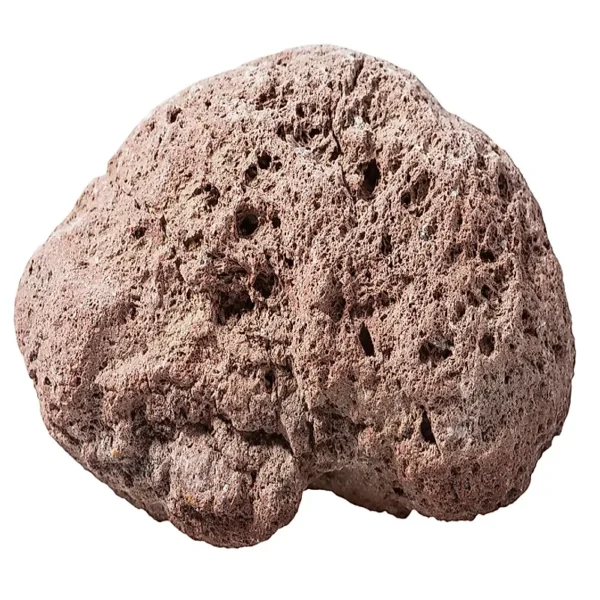
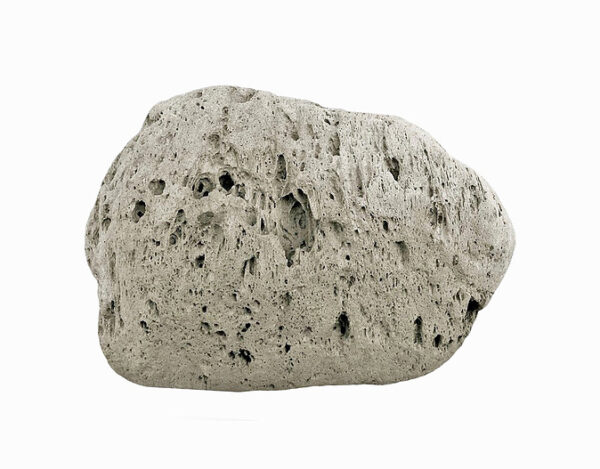
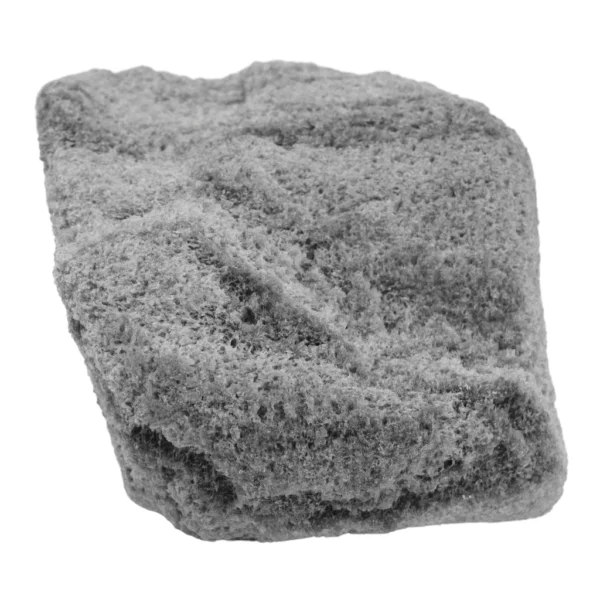
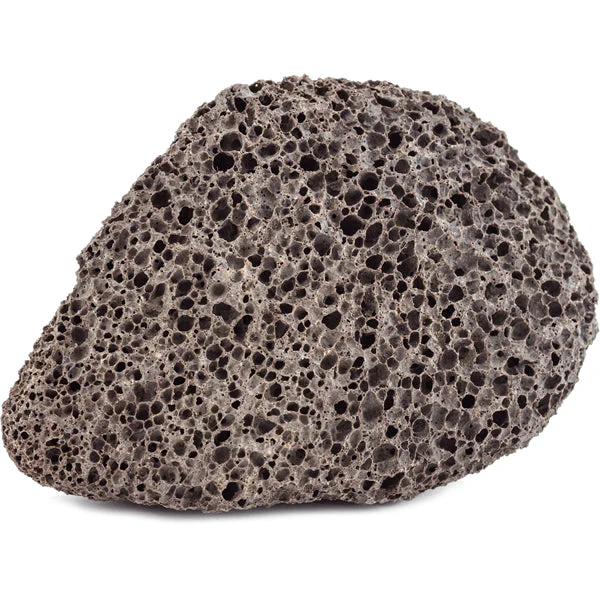
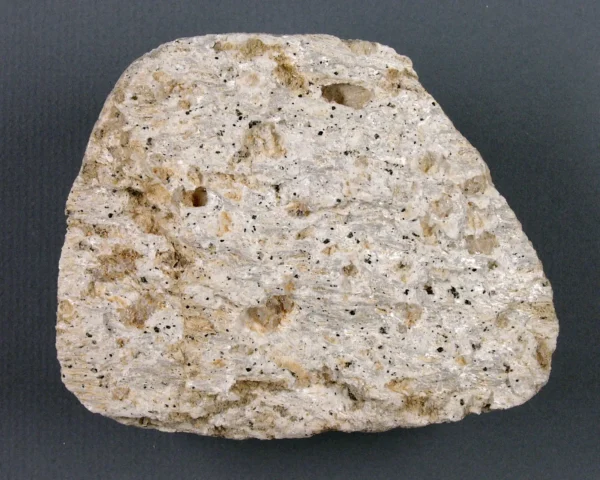



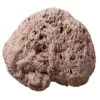
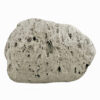

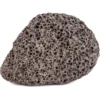
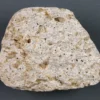



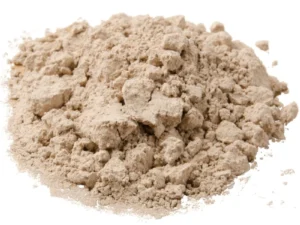

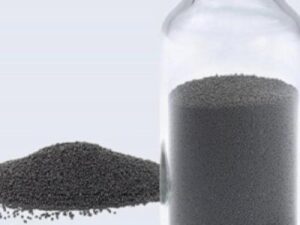
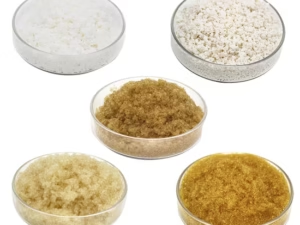
Reviews
There are no reviews yet.